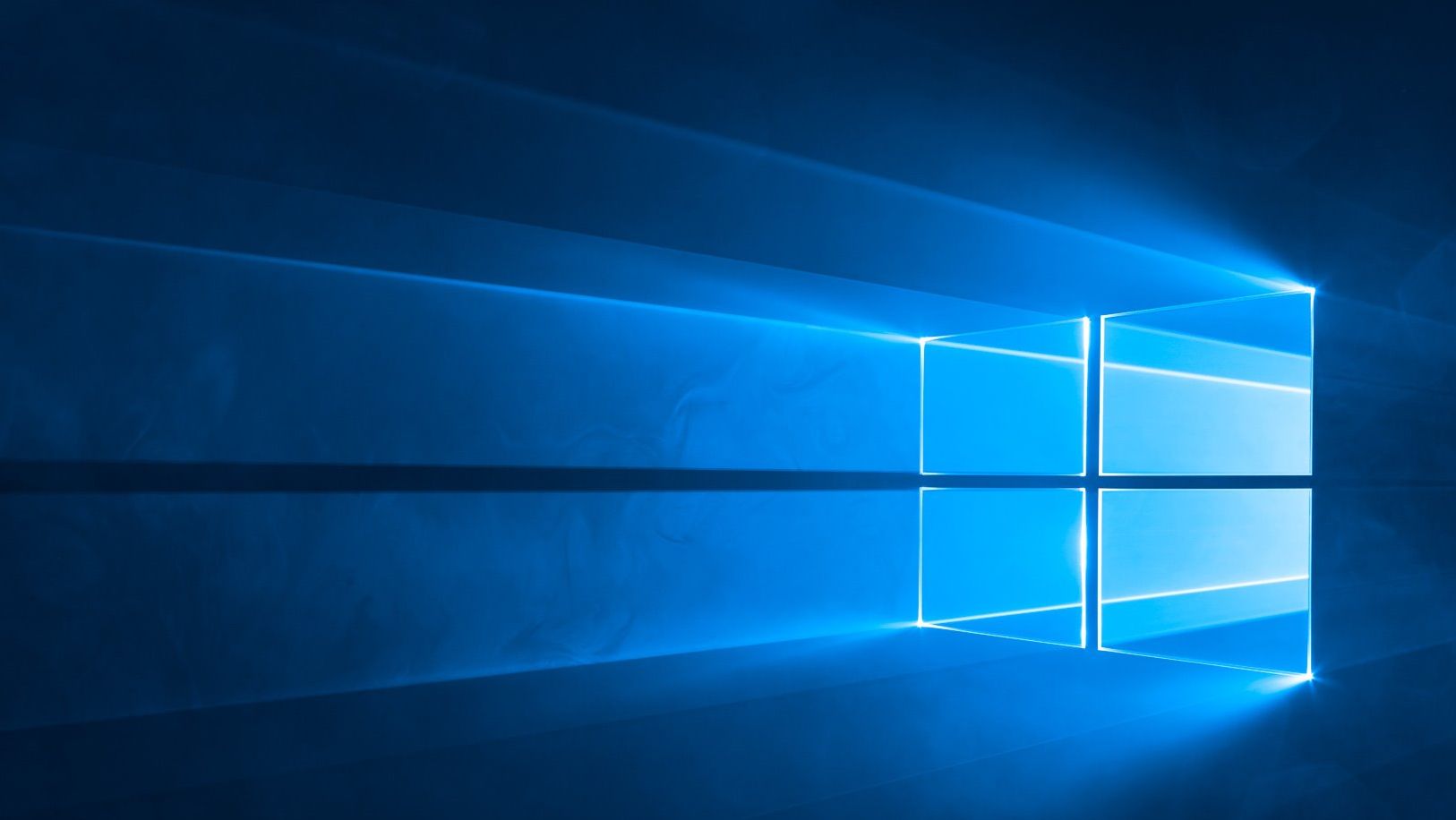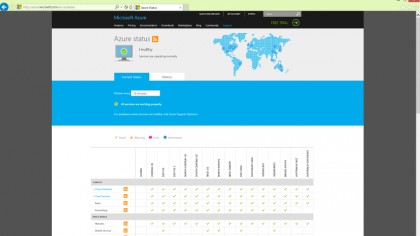Here is why there will be no Windows 11
We look at what's coming next for Windows 10

Ed: It so happens that Windows 11 was unveiled on June 24, 2021. We have added this note to reflect the event but won't update the actual article to maintain the integrity of its historical account.
When Terry Myerson was trying to explain why the version of Microsoft's operating system after Windows 8 wasn't called Windows 9, he said the name had to match how different this new release of Windows would be. "We're at an inflection point," he explained. "We're at a point where we carry forward all that's good in Windows and step across into a new way of doing things – a new Windows. Because we're not building an incremental Windows, the new Windows is Windows 10."
That new way of doing things is what Microsoft calls Windows as a Service. That's a slightly confusing name – it doesn't mean that Windows is moving to be a cloud version of an operating system. There won't be a Windows 11 that only runs when you're online, or has nothing but a browser like Chrome OS.
In fact there probably won't be a Windows 11 at all – just new updates that add extra features to Windows without changing the name. Some of those will come month by month, others will be collected into larger updates that bring multiple features at once.
The first of these is planned for this autumn, adding features to the Edge browser like syncing favourites between machines and giving business versions of Windows the Enterprise Data Protection file containers for security. Then there will be another major update a year later. And no, you won't have to start paying a subscription to get those after the first year – Microsoft has had to change the way it does the accounting reports for Windows 10 revenue because of the new update model, but that doesn't mean it's going to charge for those updates.
No need for Windows 11
That's why when you ask the Windows team if a specific option is in Windows 10, the answer is usually "not currently" rather than no. Microsoft doesn't need to bring out Windows 11, because it can just keep adding features to Windows 10. In fact that's the way it's built Windows 10 – instead of coming up with the plan for all the features and options at the beginning and then building them, the process has been much more agile, with small changes tested in preview releases and often changed based on feedback before the team moved on to work on the next group of features and options.
That process will continue because the Windows Insider previews will continue. It's very different from getting betas of a new version of Windows once every two or three years, and rather more like Google's cloud services that keep getting new features and keep their beta title for many years.
Are you a pro? Subscribe to our newsletter
Sign up to the TechRadar Pro newsletter to get all the top news, opinion, features and guidance your business needs to succeed!
The fact that Windows 10 is a perpetual – and perpetually updating – version of Windows does explain why Microsoft wanted a more significant name. It might also have been intended to avoid the obvious comparison with Apple's Mac OS X, which has stayed as OS X instead of getting a new number for each new release. Unlike Apple's series of cat and California names, Microsoft probably won't use catchy codenames publicly (the autumn 2015 update is called Redstone internally). But you can think of it as getting a new version of Windows every year, with the Insider previews being available for much of the previous year.
But how long can that go on for?
- Read more about Windows 10 migration on our sister website, ITProPortal.com
So what happens in the future? Microsoft isn't going to throw Windows away and replace it with a new operating system from Microsoft Research (like a new version of the Midori research OS), because it doesn't need to (at least not for a very long time). It can use research operating systems for research and put what it learns from them in Windows 10 – like the container work from the Drawbridge research OS that has been in use in Azure for a while – without losing all the thousands of apps and programs that run on Windows.

More radical changes can potentially go into the operating system now that key chunks of Windows (like the logon service) can be run virtually, on Hyper-V – as long as Hyper-V can run on the base layer of the operating system, Windows itself can run inside Hyper-V. Then there's the micro-virtualisation approach taken by Bromium, which Microsoft will support with Windows 10. Plus some of the disruptive changes once thought necessary to speed up an operating system are no longer needed, because modern CPUs do so much more of the work of virtualisation directly in hardware (which is far faster than doing it in software).
Security considerations
More of the security work will soon be done by the CPU as well. Now that Hyper-V can use a virtual TPM, a virtual machine can be protected by BitLocker disk encryption, with the keys to the encryption stored in hardware, in the TPM. That's how the shielded virtual machines in Windows Server 2016 work. Even more secure would be running applications with encryption, so they're protected while they're in use – which is important if you're running them on a cloud service; currently, you just have to trust that the cloud provider isn't looking at them, and that their systems haven't been compromised.
The Software Guide eXtensions (SGX) technology that Intel has in development can run an applications in a protected 'enclave' on the CPU where everything is encrypted. That means your password manager doesn't just encrypt the copy of your passwords that it keeps in its files – the whole password manager is encrypted when it's running, so the passwords are better protected. Intel doesn't have a date for releasing CPUs with SGX, and they'll show up in server chips for cloud providers, but the way SGX is designed means that applications can run on it without being rewritten.
Other new hardware, like next-generation storage that's as fast as memory but keeps data when you turn a PC off the way flash and hard drives do, will just be incorporated into Windows.
In the very long term, changes in technology may eventually mean that we require a truly different operating system; for example if quantum computing becomes a reality (something Microsoft is researching itself). But for the foreseeable future, what comes after Windows 10 is more Windows 10.
Mary (Twitter, Google+, website) started her career at Future Publishing, saw the AOL meltdown first hand the first time around when she ran the AOL UK computing channel, and she's been a freelance tech writer for over a decade. She's used every version of Windows and Office released, and every smartphone too, but she's still looking for the perfect tablet. Yes, she really does have USB earrings.